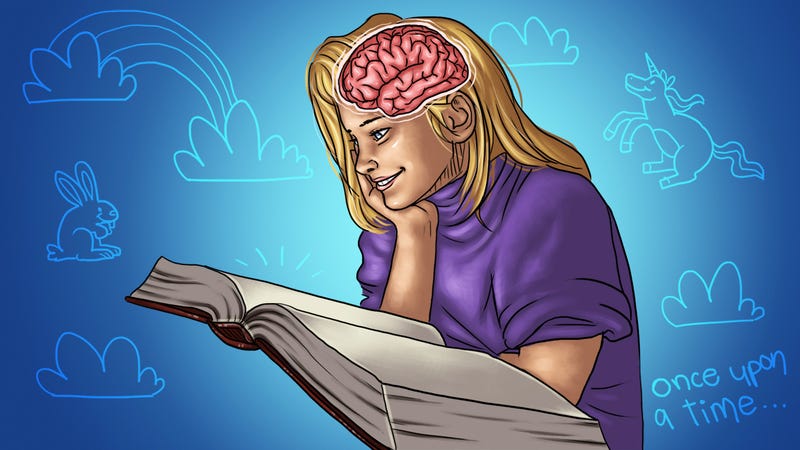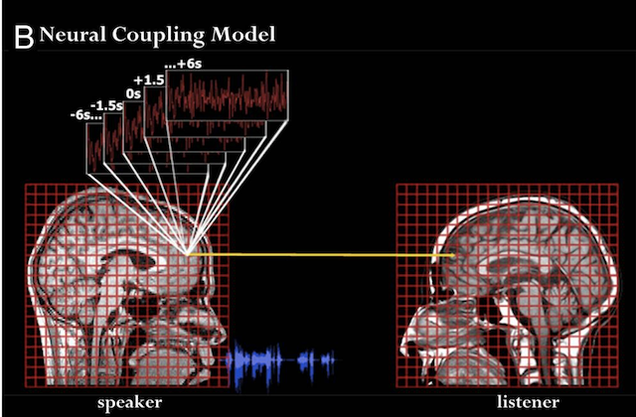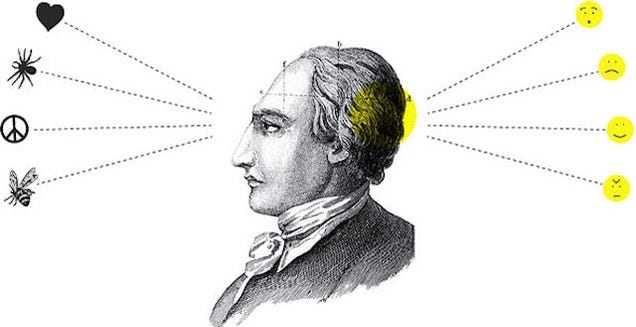Arts
and creativity are essential elements in our life and I believe everyone should
consider it seriously. Have you ever seen even one person who has never
had this itching desire to create something, to draw or paint, to sing, to
dance, to paly an instrument, to write a poem, a story or to make a craft? I’ve
never seen even one person who has no yearning for art making but I have seen
many fearful people afraid of talking or even thinking about arts. Many blocked
artists think they are not talented enough, not having enough time, too old to
start, have too many responsibilities, or those who reject art-making even more
harshly, believing arts gets you no where, or it’s just wasting time.
Arts
and creativity are essential elements in our life and I believe everyone should
consider it seriously. Have you ever seen even one person who has never
had this itching desire to create something, to draw or paint, to sing, to
dance, to paly an instrument, to write a poem, a story or to make a craft? I’ve
never seen even one person who has no yearning for art making but I have seen
many fearful people afraid of talking or even thinking about arts. Many blocked
artists think they are not talented enough, not having enough time, too old to
start, have too many responsibilities, or those who reject art-making even more
harshly, believing arts gets you no where, or it’s just wasting time.
Limiting beliefs, fear of failure and rejection make us to restrain our imagination and ignoring our inner artist and our
deep desire to create.
Since
2015 I’ve been running Art workshops called Art-Empowers for general participants encouraging
everyone to create freely and experience the benefit of the craft. The aim is
to empower people through Art and bringing awareness to mental health and
wellbeing. Through different practice including interactive theater games,
story telling, drawing and digital media everyone has the opportunity to
discover inner talent while enjoying the creative process.
“Inside you there’s an artist you don’t know about… say yes quickly, if you know, if you’ve known it from before the beginning of the universe.” Rumi
Dr
Christina Davis discuss her recent research the Art of Being Mentally Healthy
“Inside you there’s an artist you don’t know about… say yes quickly, if you know, if you’ve known it from before the beginning of the universe.” Rumi
Dr
Christina Davis discuss her recent research the Art of Being Mentally Healthy
“Do you relax by playing a musical instrument,
reading a novel, singing or painting? Have your mind and body ‘worked out’
while dancing? Do you delight in a good concert, play, movie or exhibition?
Stop and think about how these behaviours affect your mental wellbeing. With an
emphasis on enjoyment, relaxation, social inclusion and the ability to improve
resilience, confidence and self-esteem, an arts-mental health paradigm has the
potential to deliver major public health benefits.
The Art of Being
Mentally Healthy was recently published in BMC Public Health.
The award-winning study is the first internationally to quantify the
arts-mental health relationship and provides evidence of an association between
mental wellbeing and 2 hours per week of arts engagement in the general
population.
By Mojan Javadi and Dr Christina Davis
“Do you relax by playing a musical instrument,
reading a novel, singing or painting? Have your mind and body ‘worked out’
while dancing? Do you delight in a good concert, play, movie or exhibition?
Stop and think about how these behaviours affect your mental wellbeing. With an
emphasis on enjoyment, relaxation, social inclusion and the ability to improve
resilience, confidence and self-esteem, an arts-mental health paradigm has the
potential to deliver major public health benefits.
The Art of Being
Mentally Healthy was recently published in BMC Public Health.
The award-winning study is the first internationally to quantify the
arts-mental health relationship and provides evidence of an association between
mental wellbeing and 2 hours per week of arts engagement in the general
population.
For the purpose of the study, ‘Arts engagement’ was
defined as the art people do as part of their everyday lives for enjoyment,
entertainment or as a hobby (i.e. recreational arts rather than art therapy).
A random sample of 702 Western Australian adults
aged 18+ years were invited to take part in the study via telephone survey
(response= 71%). The survey took 15 minutes to complete and included questions
about mental well-being and arts engagement over the previous 12 months.
After adjustment for age, gender, location, income,
education, marital status, children, general health, sports engagement,
religious activities and holidays, results showed that:
•
people with 100 or more hours
per year of arts engagement (i.e. at least 2hrs per week) had significantly
better mental wellbeing than those with none or lower levels of
engagement.
•
The relationship between arts
engagement and mental wellbeing was nonlinear with evidence of a minimum
threshold at 100 or more hours per year (i.e. at least 2hrs/week).
This is the first study to quantify the
relationship between recreational arts engagement and mental health in a
general population.
The quantification of the arts-mental health is
relationship is of value to:
1
artists, health professionals,
clinicians and researchers interested in utilising the arts as a method for improving
mental health in the general population;
2
artists, health promoters,
policy makers, arts organisations and health organisations in the development
of population based health messages, policy and practice; and
3
members of the general public
in maintaining or improving their own wellbeing.
Arts activities and events have the potential to
contribute to health promotion strategies and have implications for innovative
public health policy and practice.
A copy of the published paper
can be found at http://bmcpublichealth.biomedcentral.com/articles/10.1186/s12889-015-2672-7
By Mojan Javadi and Dr Christina Davis




